Minor car issues can seem like a nuisance, but ignoring them can turn your ride into a ticking time bomb. Here’s why you should never overlook even the smallest problems with your vehicle—before they escalate into catastrophic failures.
1. Ignoring That Check Engine Light
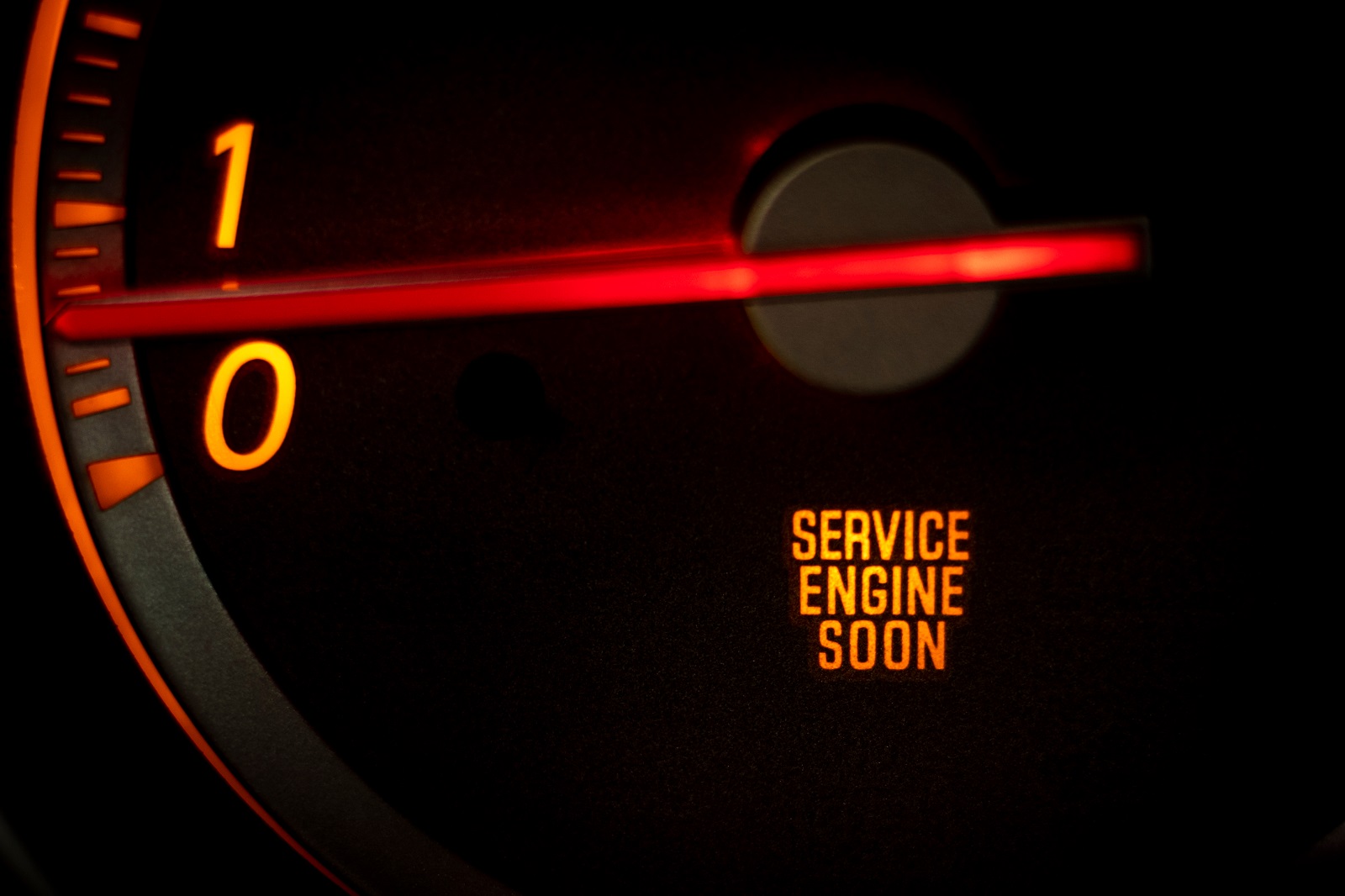
Image Credit: Shutterstock / Benjamin Clapp
When that little light flickers on, it’s easy to dismiss it as a glitch. But the reality? It could signal anything from a loose gas cap to a failing catalytic converter. Ignoring it can lead to severe engine damage, costing you thousands in repairs.
2. Overlooking Strange Noises

Featured Image Credit: Shutterstock / megaflopp
A weird rattle or hum might seem harmless, but it’s often a sign of deeper issues. That knocking sound? It could mean engine trouble or worn-out suspension components. Left unchecked, it can result in engine failure or a sudden breakdown on the highway.
3. Neglecting Oil Changes
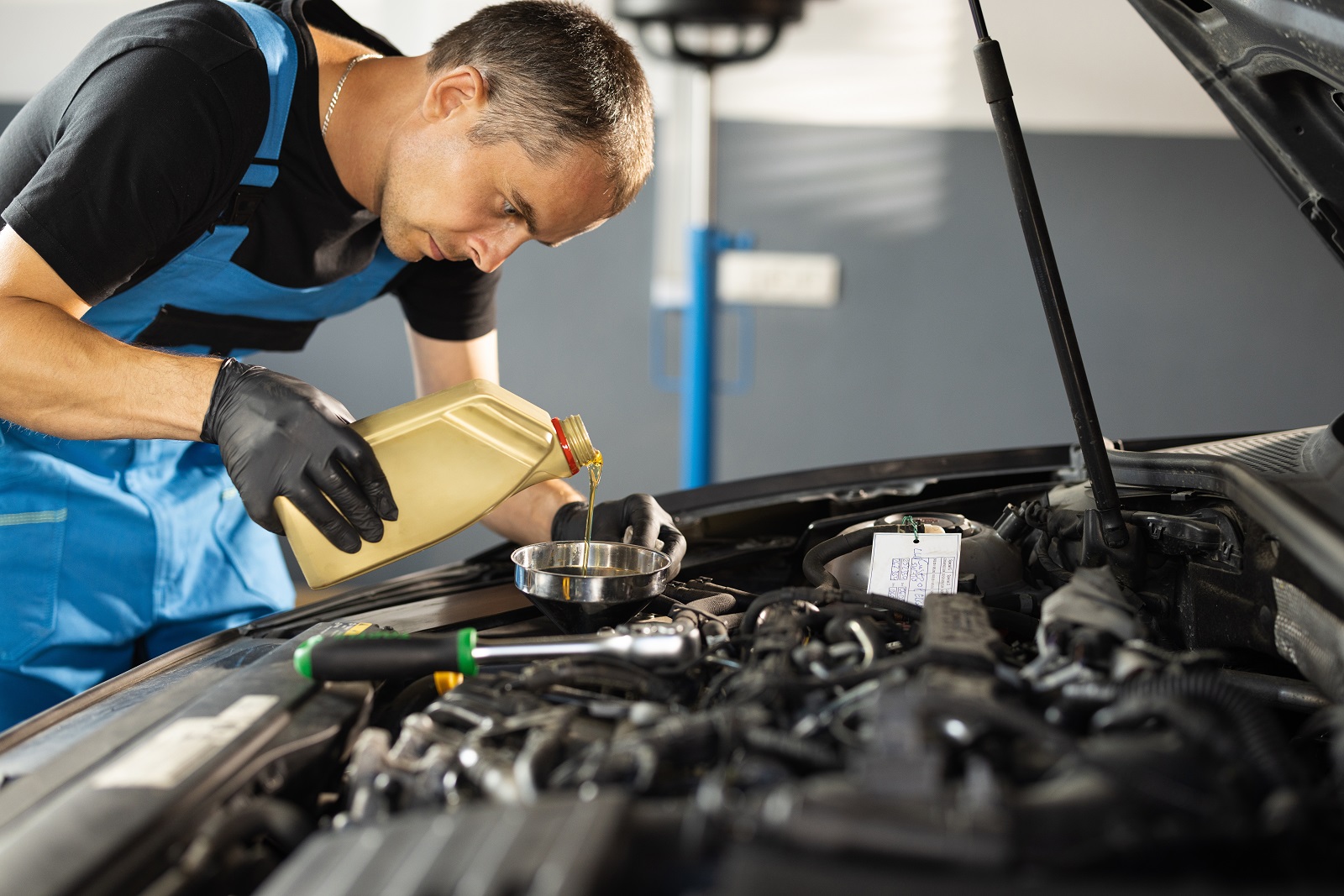
Image Credit: Shutterstock / mpohodzhay
Skipping oil changes might save you a few bucks now, but it sets the stage for engine wear and tear. Dirty oil leads to poor lubrication, overheating, and, eventually, a seized engine. Replacing an engine can set you back $4,000 or more.
4. Ignoring Brake Squeals

Image Credit: Shutterstock / Nor Gal
A squealing noise when you brake is more than just annoying—it’s a warning. Worn brake pads can lead to rotor damage or brake failure. Imagine losing your brakes while cruising at high speed; it’s not a pretty picture.
5. Putting Off Tire Maintenance

Image Credit: Shutterstock / kozirsky
Bald or under-inflated tires are an accident waiting to happen. Poor traction can cause you to skid or blow out on the freeway. Tire failure is a leading cause of accidents, and neglecting them can lead to devastating collisions.
6. Overlooking Fluid Leaks
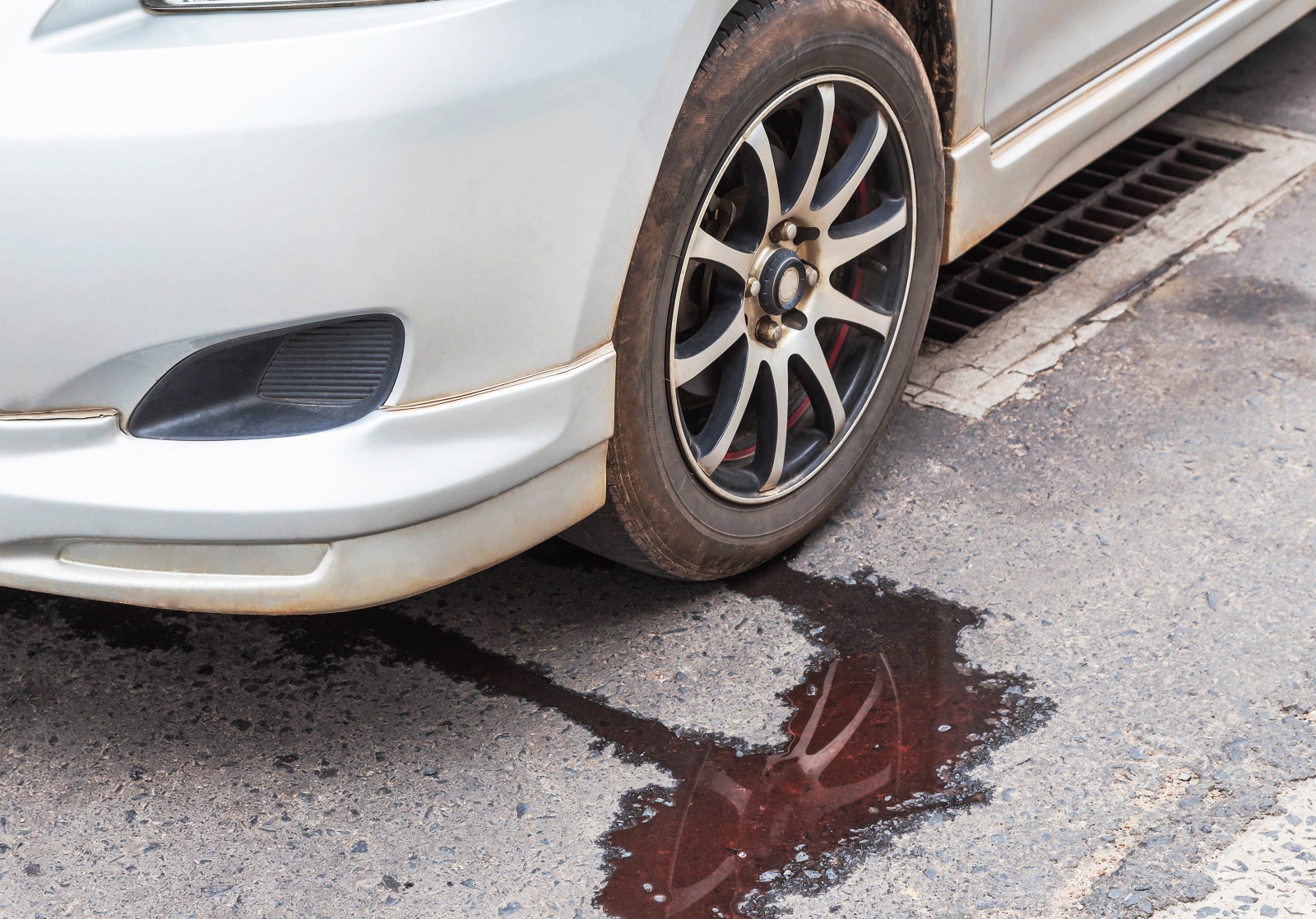
Image Credit: Shutterstock / Soonthorn Wongsaita
A few drops of fluid under your car might seem trivial, but they can indicate serious issues. Coolant leaks can lead to overheating, while brake fluid leaks can lead to brake failure. Ignoring these can cause breakdowns or life-threatening accidents.
7. Disregarding Electrical Issues
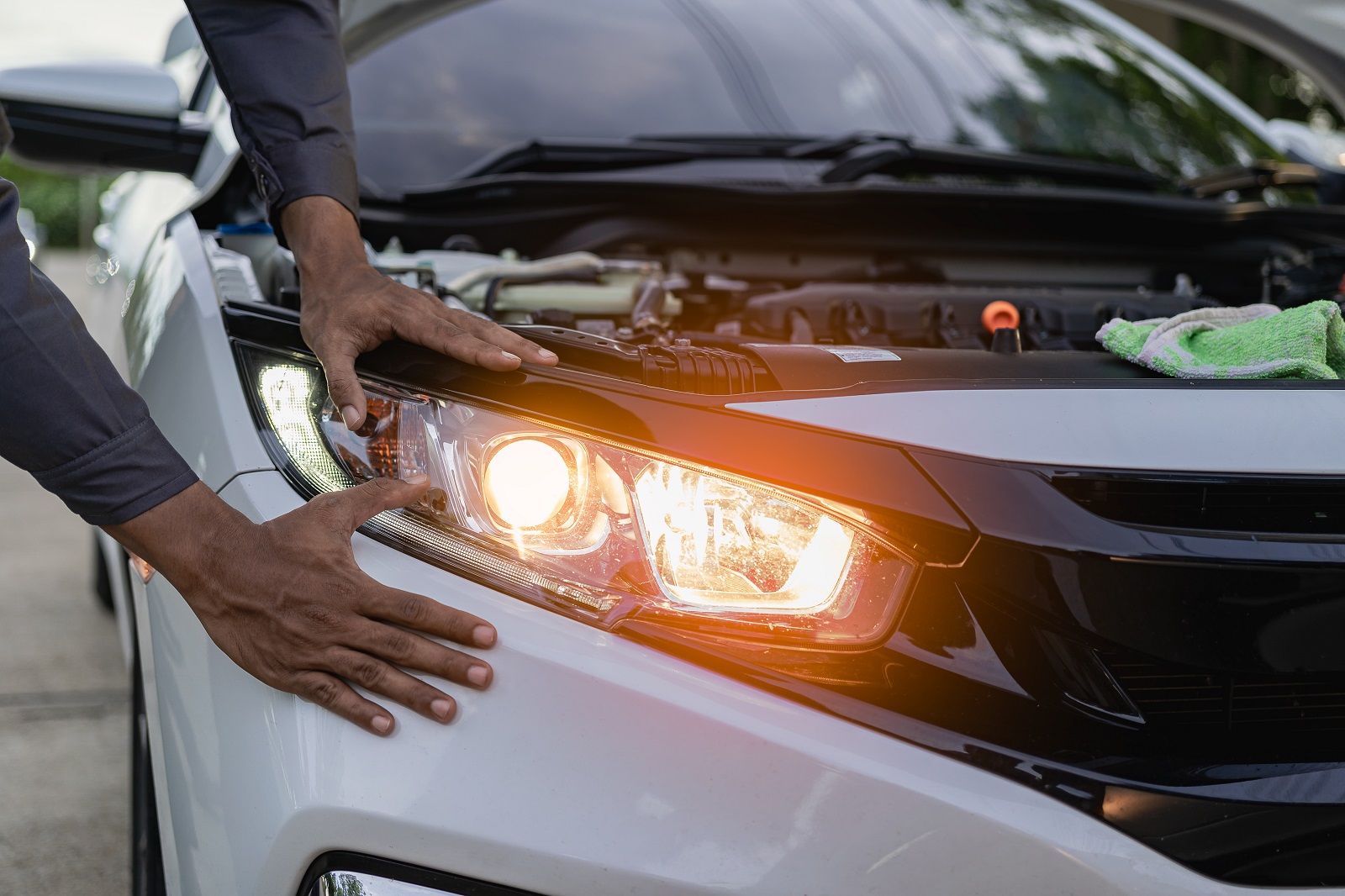
Image Credit: Shutterstock / SaiArLawKa2
Flickering lights or malfunctioning electronics might seem minor, but they can signal major electrical problems. Faulty wiring can cause fires, while a failing alternator can leave you stranded. Electrical issues can escalate quickly and dangerously.
8. Postponing Alignment Adjustments
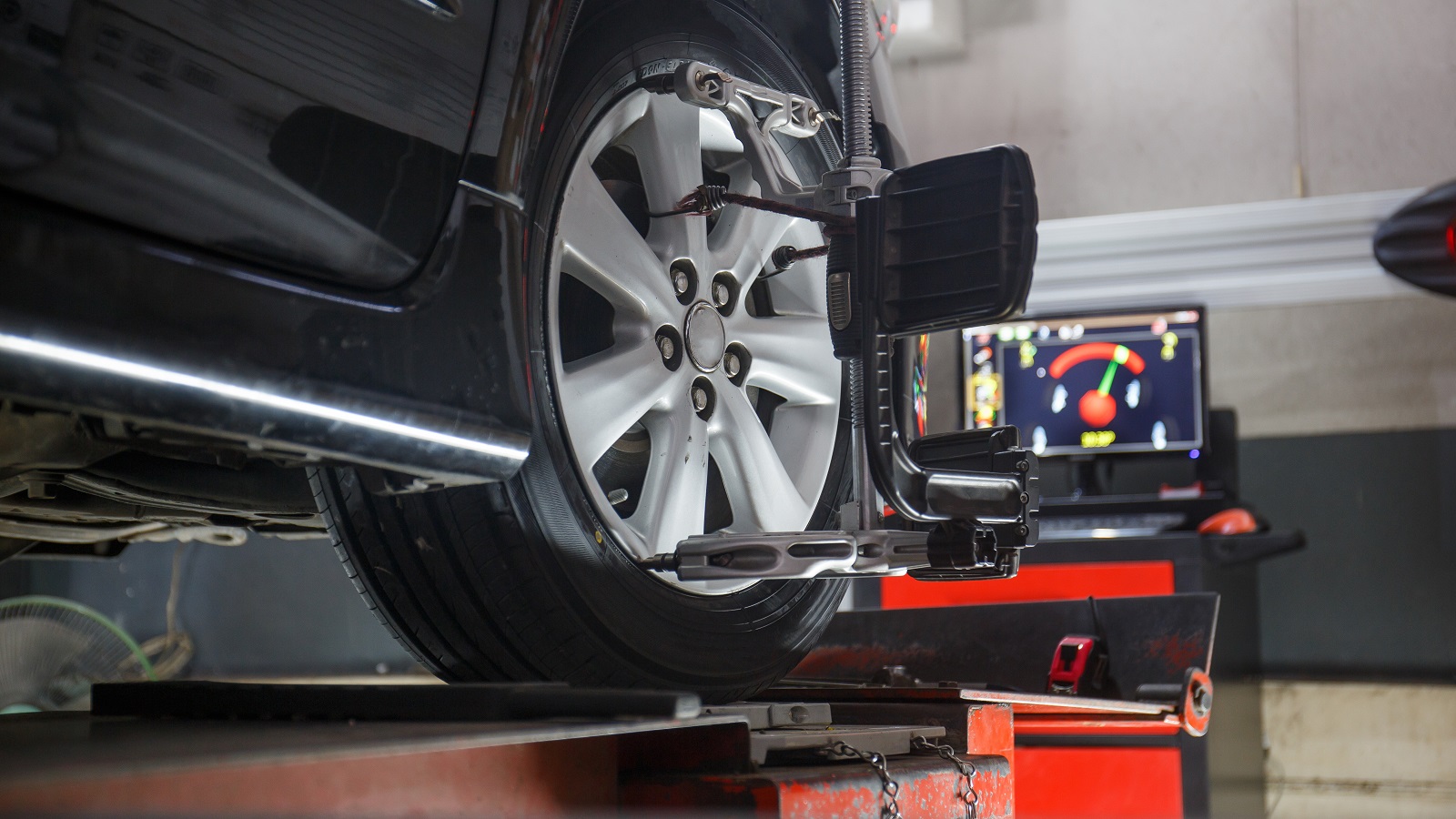
Image Credit: Shutterstock / WathanyuSowong
Ignoring a slight pull to one side might seem harmless, but it leads to uneven tire wear and poor handling. Misalignment can result in costly tire replacements and unsafe driving conditions, especially at high speeds.
9. Neglecting Exhaust Problems
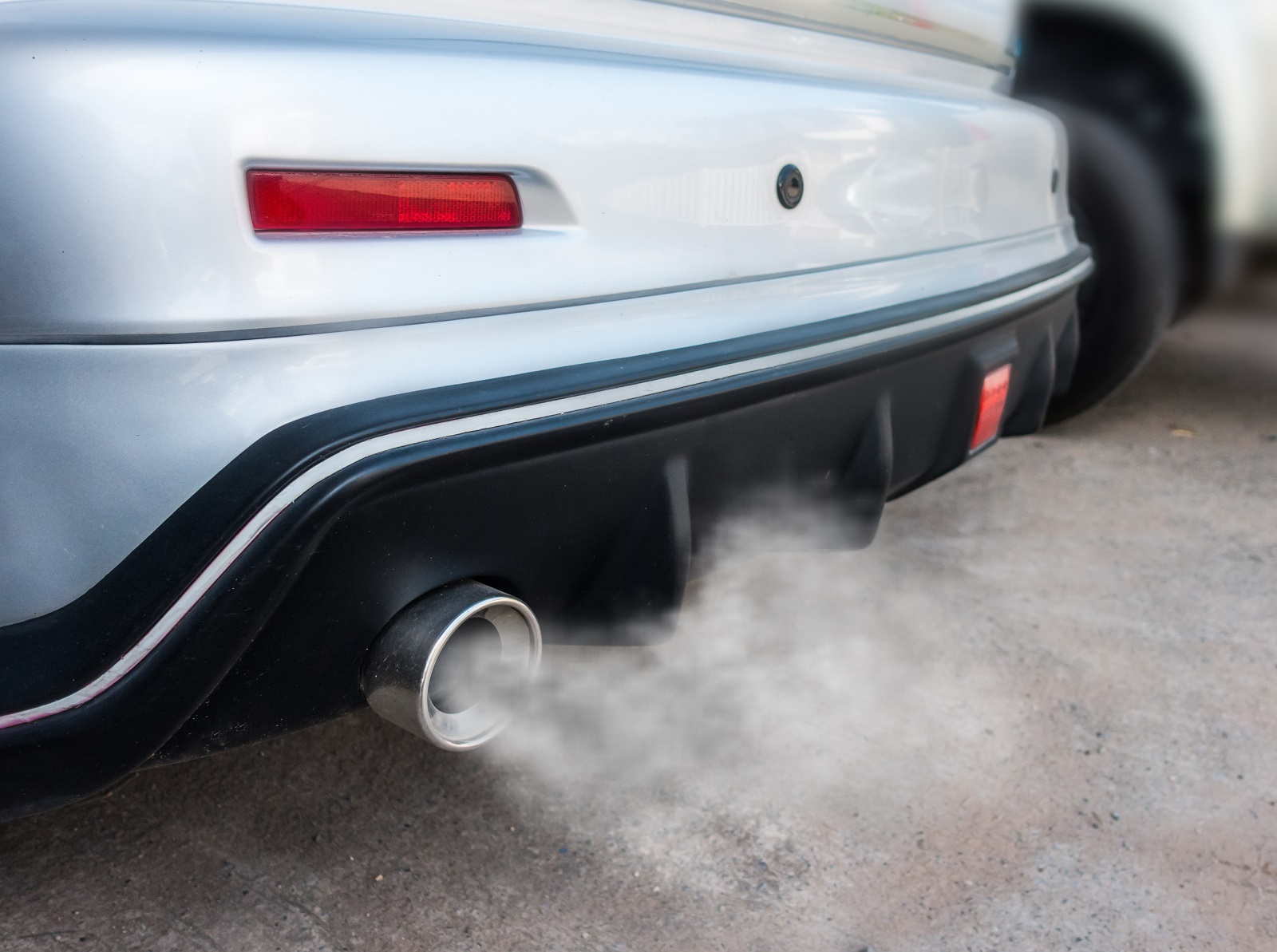
Image Credit: Shutterstock / Ody_Stocker
A noisy exhaust or unusual emissions can indicate a failing exhaust system. This not only reduces fuel efficiency but can also release toxic fumes into the cabin. Exhaust leaks can lead to dangerous carbon monoxide poisoning.
10. Ignoring Coolant Issues

Image Credit: Shutterstock / Setta Sornnoi
If your engine overheats, it can lead to a blown head gasket or warped engine components. Both are costly and labor-intensive to repair. Regularly checking and maintaining coolant levels is crucial to prevent overheating disasters.
11. Overlooking Steering Issues
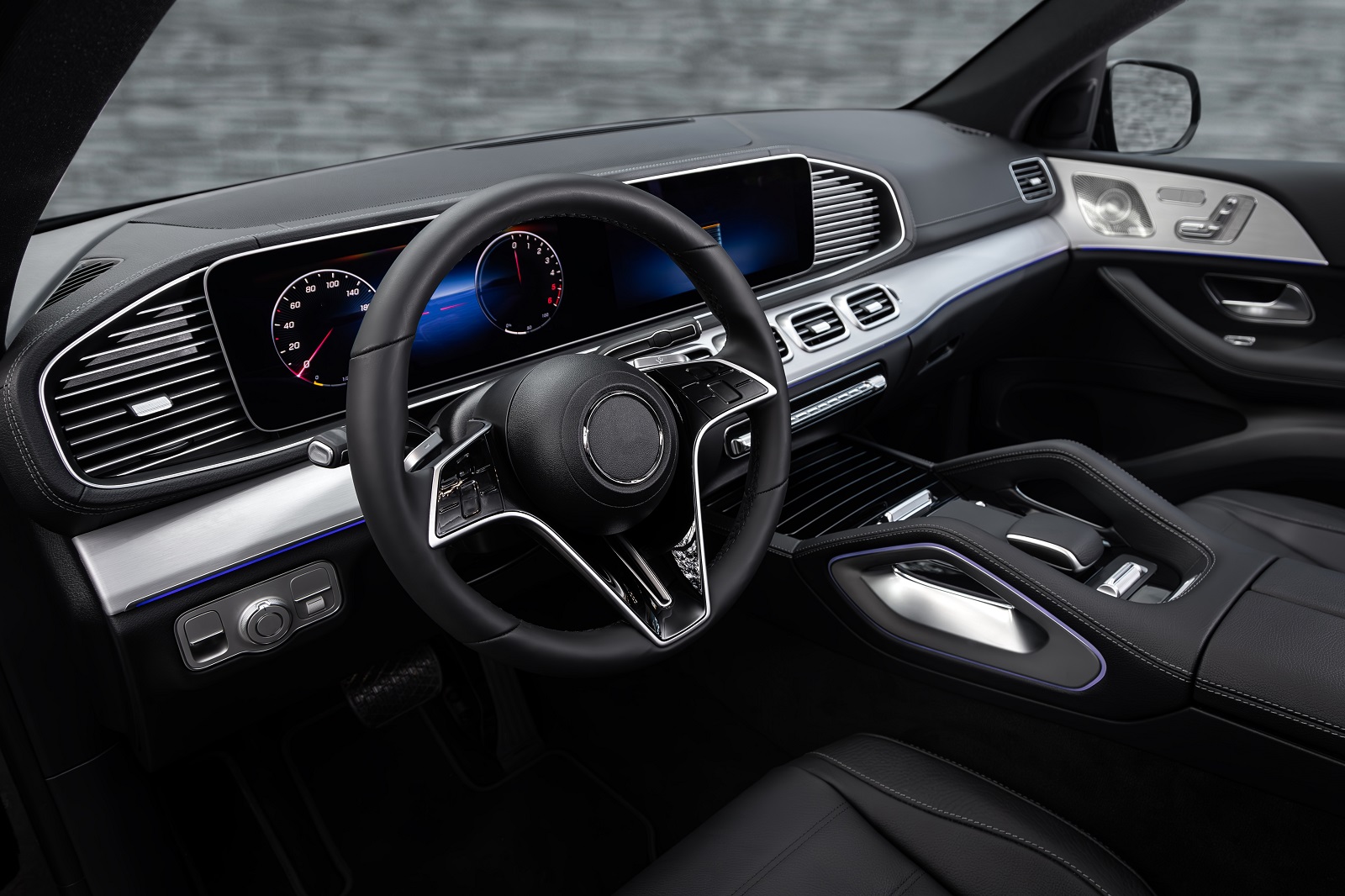
Image Credit: Shutterstock / Everyonephoto Studio
Difficulty steering or a vibrating steering wheel can point to serious suspension or steering problems. Ignoring these signs can lead to a complete loss of control, putting you and others at grave risk on the road.
12. Dismissing Minor Body Damage

Image Credit: Shutterstock / Andrey_Popov
What starts as a small dent or scratch can quickly turn into rust and corrosion. Over time, this weakens the structural integrity of your vehicle, leading to more expensive bodywork and safety issues down the line.
13. Skipping Regular Maintenance
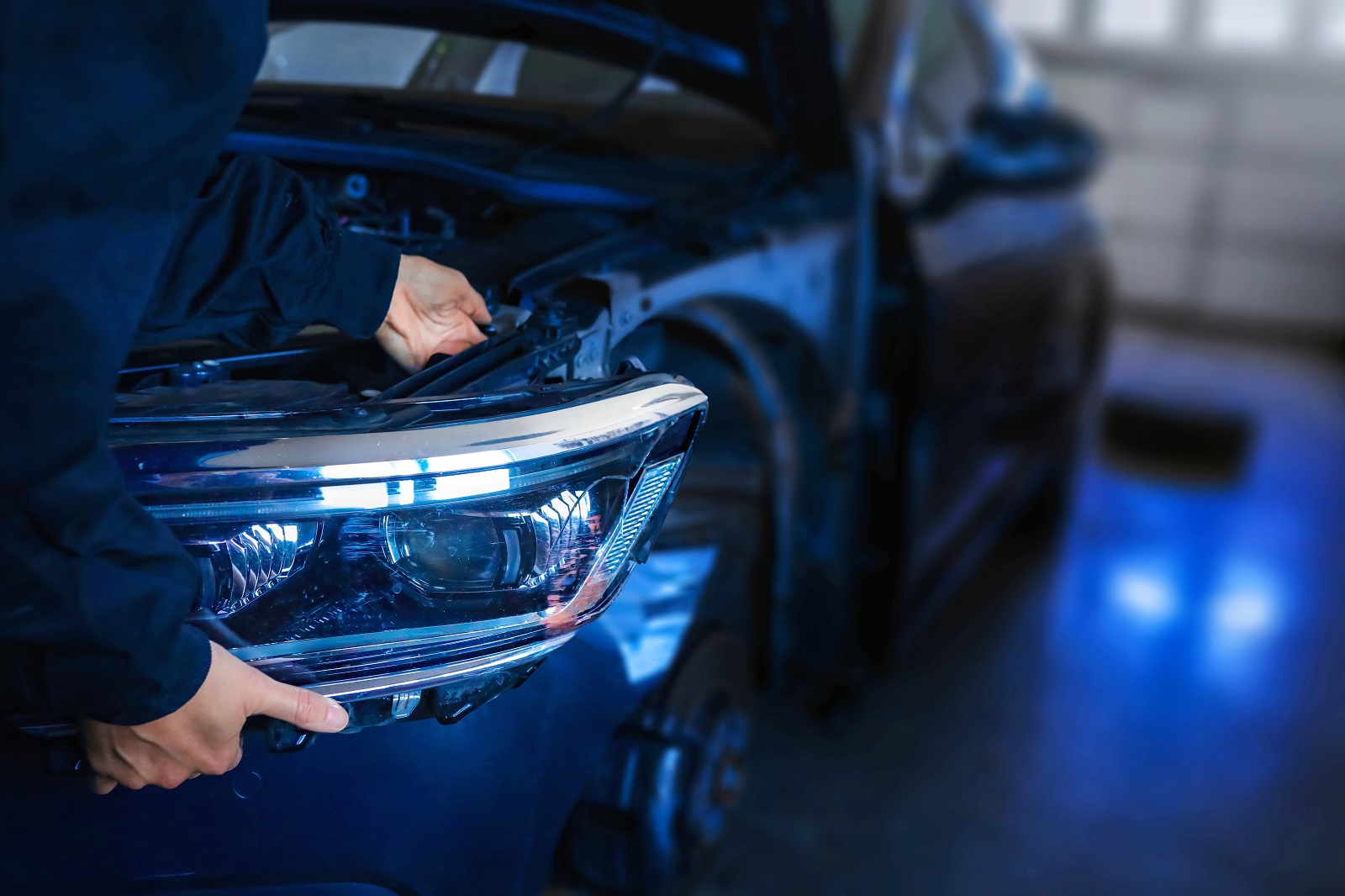
Image Credit: Shutterstock / Kim Kuperkova
Skipping scheduled maintenance might save time, but it allows minor issues to fester. Routine checks can catch problems early, preventing expensive repairs and ensuring your car runs smoothly.
14. Overlooking Transmission Issues
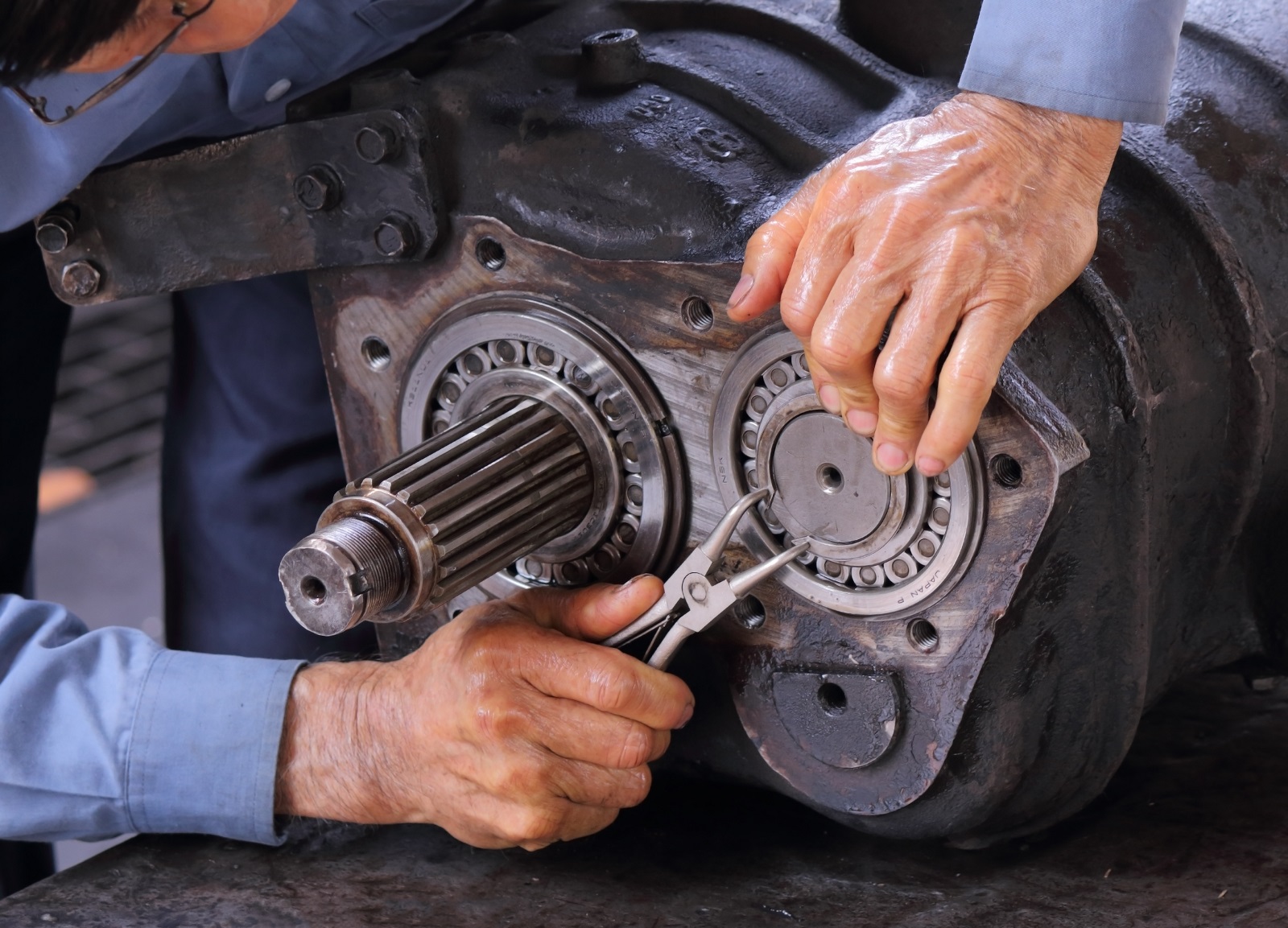
Image Credit: Shutterstock / Jannarong
A slipping or hard-shifting transmission can quickly deteriorate. Ignoring it can result in a complete transmission failure, one of the most expensive repairs you can face, often costing upwards of $3,000.
15. Ignoring Warning Lights
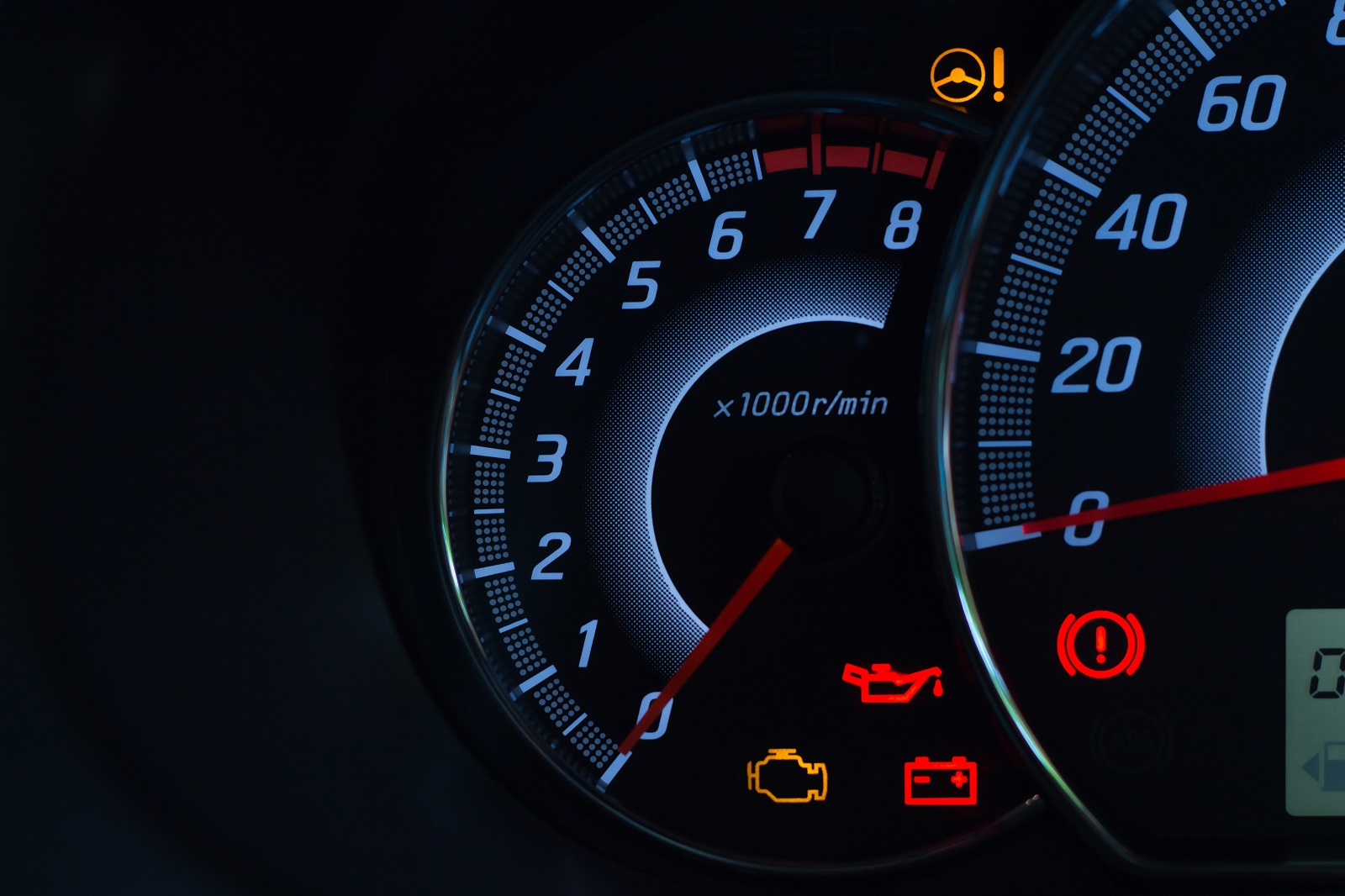
Image Credit: Shutterstock / Somnuek saelim
Any warning light, from the oil pressure to the battery, indicates a problem. Dismissing these warnings can lead to severe engine damage, electrical failures, or safety system malfunctions, which are costly and dangerous.
16. Disregarding Unusual Smells

Image Credit: Shutterstock / Andrey_Popov
Unusual smells like burning rubber or sweet syrup can indicate serious issues like overheating or coolant leaks. Ignoring these odors can lead to fires or engine damage, putting you at serious risk.
17. Neglecting Windshield Wipers

Image Credit: Shutterstock / Song_about_summer
Old or ineffective wipers reduce visibility during rain, increasing the risk of accidents. Poor visibility can lead to dangerous driving conditions, especially during storms or heavy rainfall.
Don’t Ignore the Issue

Image Credit: Shutterstock / Artit Wongpradu
Ignoring minor car issues is a gamble that can lead to major, costly problems and dangerous situations. Stay vigilant, address small problems promptly, and keep your vehicle in top shape. Your safety and your wallet depend on it.
Police Magnet: 7 Cars That Guarantee You’ll Get Pulled Over
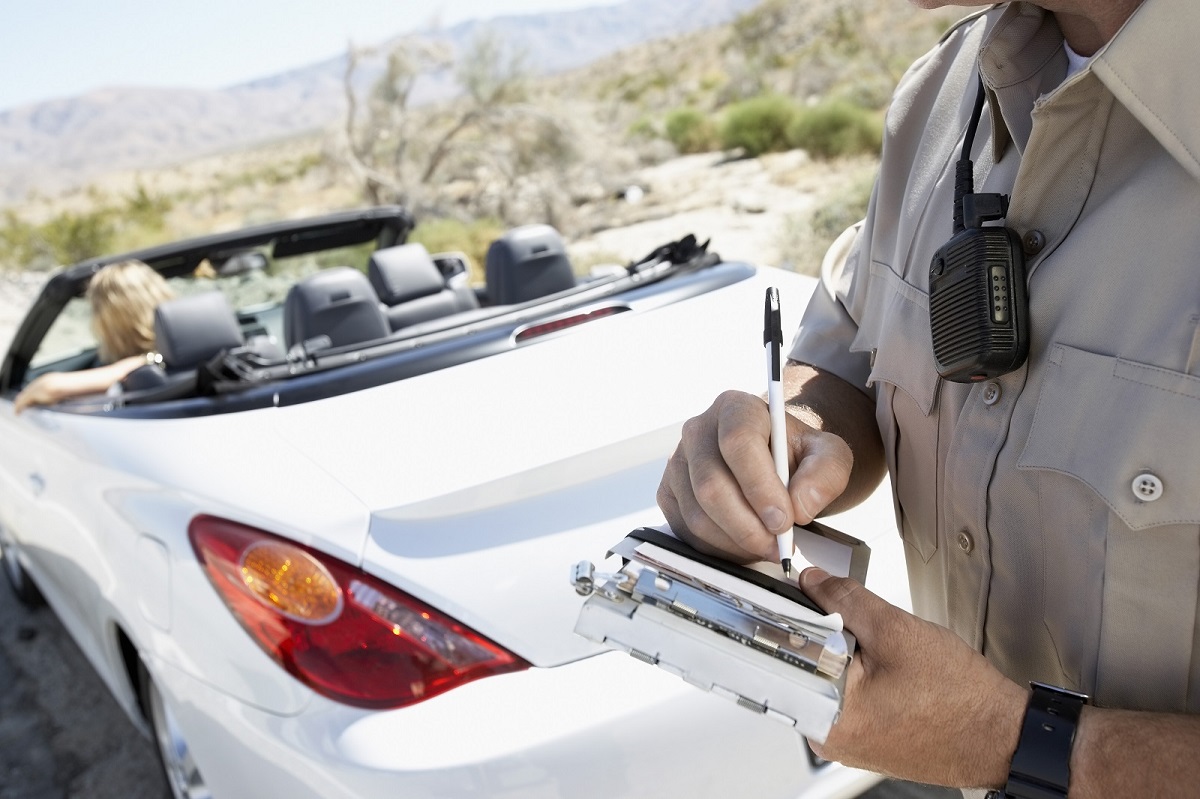
Image Credit: Shutterstock / sirtravelalot
Driving certain cars can make you more noticeable to law enforcement, even if you’re abiding by all the rules. Are you driving one of these “police magnets”? Here are seven cars that seem to attract more police attention than others. Police Magnet: 7 Cars That Guarantee You’ll Get Pulled Over
The Classic Cars That Were Total Clunkers
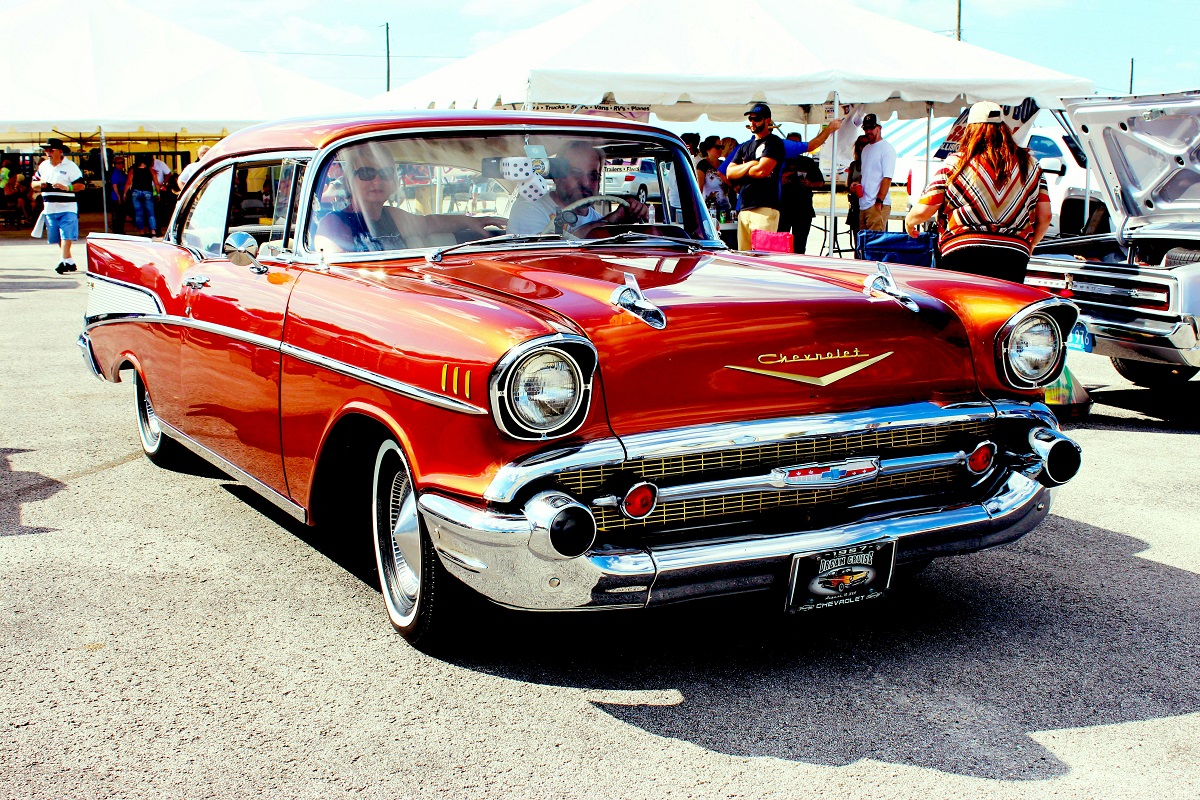
Image Credit: Pexels / Pixabay
Nostalgia has a funny way of making the past seem better than it was, especially when it comes to cars. But here’s the hard truth: some of those “classic” cars your dad raves about were real clunkers. Here’s a closer look at why some of those so-called “classics” weren’t all they were cracked up to be. The Classic Cars That Were Total Clunkers
The Worst U.S. Cars Ever Made: A Retro List
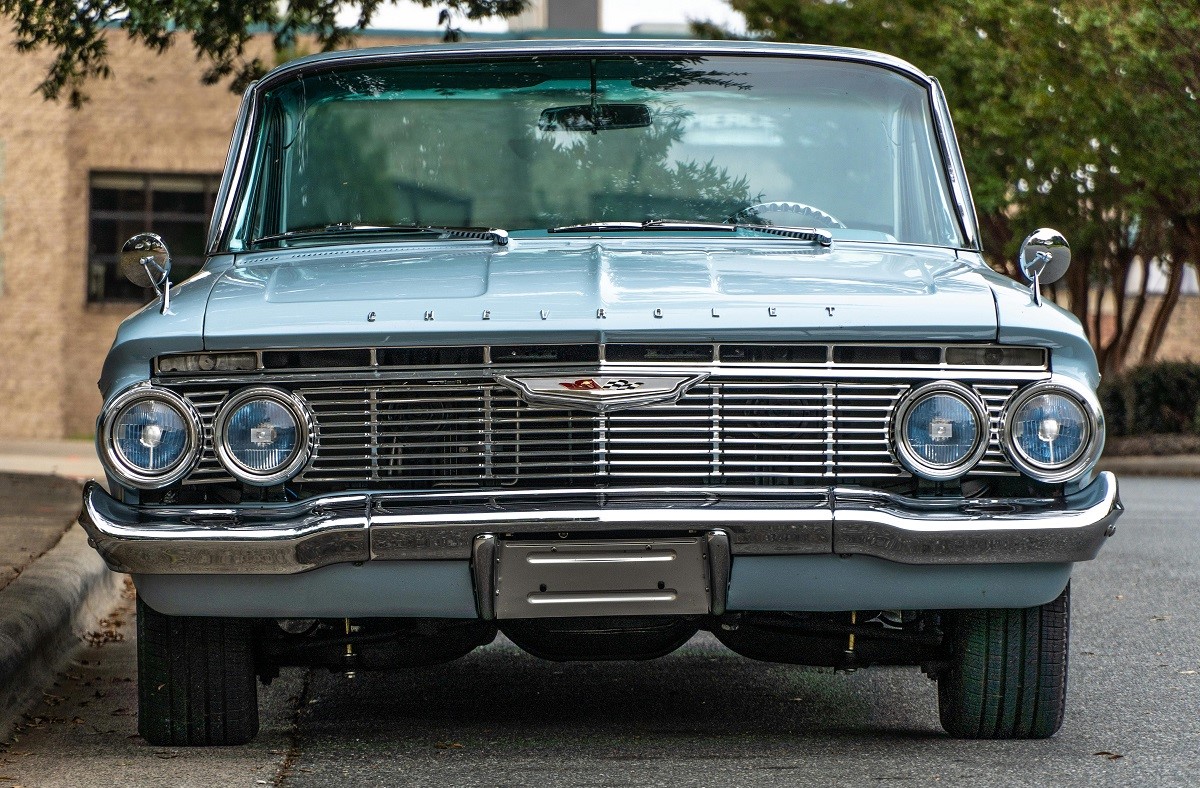
Image Credit: Pexels / Be The Observer
The U.S. auto industry has produced some incredible vehicles, but not every model was a hit. Here’s a look back at 16 of the worst cars ever made in the U.S., each infamous for its own unique flaws. The Worst U.S. Cars Ever Made: A Retro List
Featured Image Credit: Shutterstock / show999.
The content of this article is for informational purposes only and does not constitute or replace professional advice.
For transparency, this content was partly developed with AI assistance and carefully curated by an experienced editor to be informative and ensure accuracy.
The images used are for illustrative purposes only and may not represent the actual people or places mentioned in the article.


![Carb Cleaner Vs Brake Cleaner – [Chart] Carb Cleaner Vs Brake Cleaner – [Chart]](https://mechanicinsider.com/wp-content/uploads/2021/08/carb-vs-brake-cleaner-211x150.jpg)
